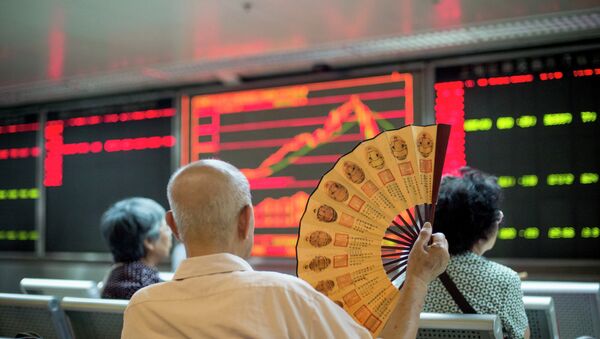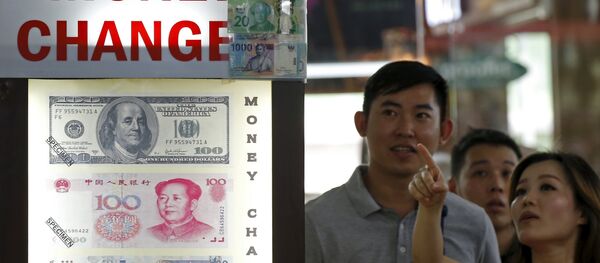Kristian Rouz — Mainland China's economy outperformed expectations in November due to Beijing's aggressive monetary stimulus and other policy measures aimed at rebalancing the Communist nation's economy away from its exports-driven growth model toward one more reliant on domestic demand. Industrial production, retail sales and fixed-asset investments have all posted significant yearly gains, suggesting a more solid foundation for the mainland's further economic development.
According to several reports published by the Beijing-based National Bureau of Statistics over the weekend, mainland China's macroeconomic situation has stabilized greatly with the world's second largest economy's exposure to overseas risks having diminished. Mainland's manufacturing output gained an annualized 6.2% in November, above earlier anticipations, despite the significant disinflationary risks amidst low overseas demand for made-in-China goods.
However, the central government in Beijing acknowledges the necessity for further reform, as this interim success has only diminished the existing risks to the Chinese economy without resolving most of its structural problems. According to the new five-year plan of economic development, announced in October, the Chinese authorities are aiming at improving the labor market situation, where the existing abundance of cheap workforce is holding back the expansion of the Chinese middle class, which, in turn, is the main driver of domestic consumption.
Another measure the Chinese authorities are currently discussing is a decrease in taxes in order to boost supply-side sustainability, encourage production efficiency and provide support to the private sector.
"Productivity enhancement, and the supply-side reforms required to achieve it, is China's only option to avoid the dreaded middle-income trap that has proved so problematic for most developing countries over the long sweep of history," Stephen Roach of Yale University and formerly of Morgan Stanley's Asian branch said.
The mainland's stock markets posted major gains on Monday amidst optimistic data and a brighter outlook. Chinese economic reform is underway full-force, and investors are anticipating positive changes in the nation's metals industry, which has become increasingly inefficient over the past five years. China's metals production and exports have long been one of the main drivers of the nation's economy.
According to data by Bloomberg, the mainland's economy has nonetheless slowed to an annualized pace of 6.85% in November despite the improvement in domestic factors. China's foreign trade is still shrinking.
The optimistic sentiment was also marred by confessions from China's officials of rigging economic statistics previously, particularly those from the heavily-indebted provincial governments. According to a report by Xinhua published during the weekend, several officials from the Chinese Northeast admitted having manipulated macro data for years in order to create a better picture of state of affairs in China's economy.
"If the past data had not been inflated, the current growth figures would not show such a precipitous fall," an anonymous Chinese official said.
Given that Chinese macro data is likely unreliable, Goldman Sachs estimated the current pace of the Chinese economic expansion to be at just below 6% compared to the official reading of 6.9%.
"You can't trust the numbers," Bill Miller of LMM Investments said as quoted by CNBC.
Meanwhile, the supply-side reform, similar in spirit to the well-publicized ‘Reaganomics' of the 1980s, is gaining momentum in China. It is, though, quite a long process and Beijing might also need to boost demand by increasing fiscal spending in order to increase the real disposable income of the Chinese population.
The only obstacle to the Chinese reforms might be a dramatic further slowdown in growth. Reforms aimed at increasing quality of productive forces essentially require a greater room for economic maneuvering; meaning decisive actions are required from the government in Beijing.





